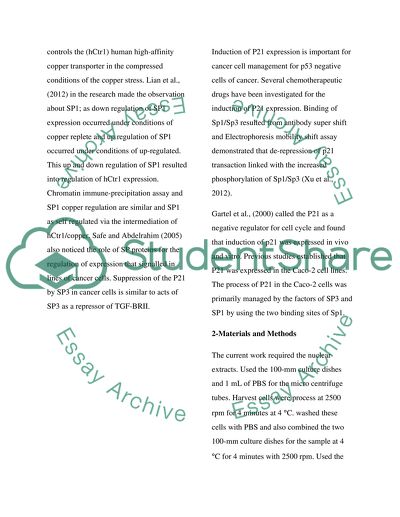Cite this document
(“Electrophoretic mobility shift assay Lab Report”, n.d.)
Electrophoretic mobility shift assay Lab Report. Retrieved from https://studentshare.org/health-sciences-medicine/1475651-electrophoretic-mobility-shift-assay
Electrophoretic mobility shift assay Lab Report. Retrieved from https://studentshare.org/health-sciences-medicine/1475651-electrophoretic-mobility-shift-assay
(Electrophoretic Mobility Shift Assay Lab Report)
Electrophoretic Mobility Shift Assay Lab Report. https://studentshare.org/health-sciences-medicine/1475651-electrophoretic-mobility-shift-assay.
Electrophoretic Mobility Shift Assay Lab Report. https://studentshare.org/health-sciences-medicine/1475651-electrophoretic-mobility-shift-assay.
“Electrophoretic Mobility Shift Assay Lab Report”, n.d. https://studentshare.org/health-sciences-medicine/1475651-electrophoretic-mobility-shift-assay.


